 Easter 3-23-2008
Easter 3-23-2008 Acts 10:34-43
Psalm 118 Colossians 3:1-4
John 20:1-18
How did Mary Magdalene have the energy even to get out of bed on that Easter Day?
What could possibly have been worse, than to witness what she had witnessed just two days before? Her community was scattered and shattered. Her news of a vandalized tomb brought a few of them running – imagine this as one more shock, one more ghastly realization that the powers of death reached even beyond the grave, continuing to defile the body of their beloved friend. The men all leave, go their separate ways; only Mary stays behind, grief-stricken, exhausted, a woman with nothing left, no defenses, no hopes, no strength.
In a wonderful book by Studs Terkel, a collection of interviews with ordinary people, Hope Never Dies, I came across the words of Ed Chambers, a community organizer. He describes his life, influenced by Dorothy Day and the Catholic Worker movement, his work trying to make communities safer, healthier – to encourage people that they had the power within themselves to make their own lives better. He also described how hard this work had gotten:
"I’m a little bit discouraged, but I’m not quitting, I’m not giving up. … The purpose of life isn’t truth; the purpose of life is meaning. The struggle of meaning that keeps you going, and a hope that you’re about to get something greater than anything you’ve got. … What keeps me going is that I realized, sometime in my 40s or early 50s, I couldn’t just dig down inside myself and pump it out like in my 30s. Then I realized that I got my energy for this work from other people, so the self must stay in connection with others, new others, others that have more talent and more vision and more power than you have. That energizes you and keeps you going. Without that you ossify. You can call it what you want. You can call it community, you can call it necessity. You’ve got to be in relationship with real people." [i]
Way back, 2000 years ago, at that first Easter, there must have been some idea, some hope, that God indeed had the power to bring about the resurrection of the dead. Right there in the text: “… for as yet they did not understand the scripture, that he must rise from the dead.”
Indeed, the hope of resurrection was something floating around religious thought at the time – around Jewish people tired of exile and persecution and occupation and corruption and taxation and struggle. Resurrection was an idea that the whole community would rise again on the last day – would be renewed and reconstituted at the end of time, as a community of justice, of God’s justice. Not just I would be resurrected on the last day, but we – and not just our spirits or our good wills, but our whole bodies. Us. All of us. Every part of us. And every part of the community, of the household of God – and after Mary’s discovery that not only was the tomb empty but that Jesus himself stood there in the garden with her – we now understand resurrection as the restoration of the Body of Christ – his real body, and our real bodies: the first fruits that are revealed.
It’s hard to talk about this in a way that makes it real, which takes me back to the words of that community organizer. His experience underscores for me that this whole resurrection business is not about the “individual” but about the “us” – the collective – the communal – about all of humanity. The reality of human life is no, we can’t go it alone. We certainly try – witness the scattered disciples, Mary going to the tomb to weep alone.
But the reality of the resurrection life is that life is communal, that we are no longer alone, that life as God intended it included you and you and you and you and all of us, restored, whole, hopeful, a whole creation renewed.
The powers of death want to keep this reality from us. Jesus died on the cross. But the power of God proves that all of that isolation and loneliness is the lie. The powers of death have done their worst. With the resurrection of Jesus, the body, the community is restored. Alleluia. Alleluia. Alleluia. Christ is risen.
[i] P.231, Ed Chambers in Studs Terkel, Hope Dies Last: Keeping the Faith in Troubled Times (









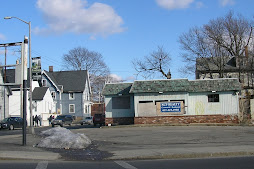.jpg)
.jpg)



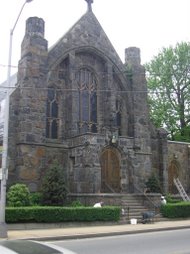
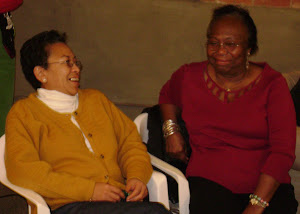
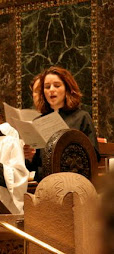
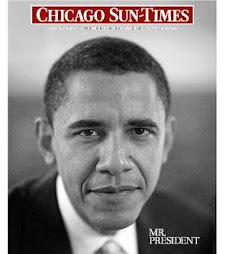
.jpg)
